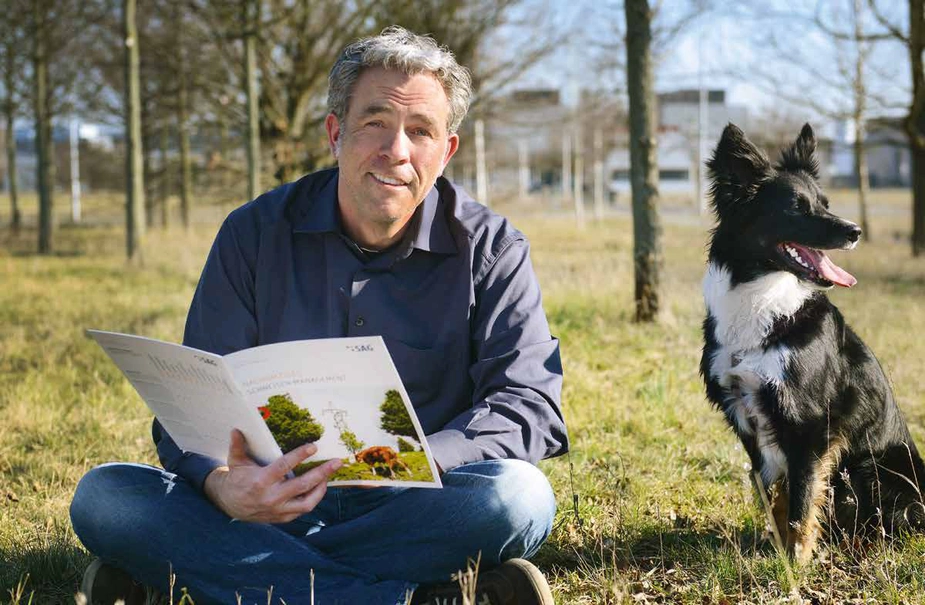The power transmission path as a biotope
Make flora and fauna ecologically and economically sensible in power lines
The energy revolution is heightening the problem of energy transport. As the grid expands accordingly, public interest is growing with respect to the presence of power transmission paths and their impact on their surroundings. Ecological tracking using laser-controlled remote sensors and near-natural biotopes around the power lines is the field of the SAG CeGIT from Adlershof.
In Germany, high-voltage electricity is transported almost exclusively through overhead power transmission lines hanging from above-ground transmission towers. There is a host of regulations which cover the safety and maintenance of existing power lines and their electricity-conducting cables. However, laws stipulating that the areas in and around these power transmission paths remain nearly natural have only cropped up recently and only apply to new construction. As Thorsten Werner, Head of Remote Sensing in the CeGIT area at SAG, who compiles and processes geodata, grid data and plant data for project work and for tracking power transmission line usage, says, “Planning these power transmission paths makes sense from both an environmental and a financial point of view”. It guarantees damage-free operation and saves money.
“No kilometre of power transmission path is like the next”, explains Thorsten Werner. “Every type of tree and bush has its own growth dynamic. Information on flora and fauna under the power lines is extremely important for the operational safety of a tower”. Trees growing along the lines can cause power outages, which can be dangerous in lines conducting up to 380,000 volts. They can cause fire to break out if the plants grow too near and physical contact to animals or people can cause death.
The grid operator is always responsible for the operational safety of a power transmission tower. They have to tend their towers and the paths that run between them. However, the standard trimming or even clear-cutting that has been the practice to date seldom brings about the desired goal, as geographer Werner knows. The purpose is better suited by considering which “natural landscaping” makes environmental sense below the towers and at the same time is easy to tend. Werner calls this developing a target biotope.
Helicopters, small aircraft and drones outfitted with state-of-the-art laser scanners or infra-red cameras fly over the towers, compile data and analyse the actual status with special software. The results of this analysis constitute a cadastre which defines types of biotopes from which growth forecasts can be determined, minimum spacing and growth heights defined and tree felling curves calculated. In the end you have precise care plans for each section of the power transmission path or even rezoning into easier-to-maintain biotopes. “Environmental care of power transmission paths harmonises the needs of tower care and environmental protection. It is effective and helps to achieve environmental results”, states Thorsten Werner with conviction.
By Rico Bigelmann for Adlershof Special
www.sag.eu
